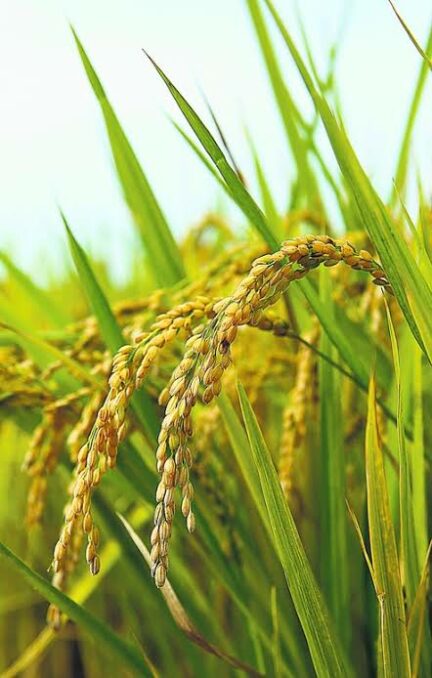According to the food secretary, less paddy has been sown due to a lack of rainfall in numerous areas.

Indian Kharif rice production is dependent upon the Indian monsoon. Due to a reduction in the area planted with paddy, India’s output of rice during the Kharif season this year might drop by 60 lakh to 70 lakh tons. The ministry said on Friday. According to a statement from the Union Ministry of Consumer Affairs, Food & Public Distribution, the nation will still have a

Surplus of the food grain. In India, the Kharif season lasts from June through October. The crops are planted at the start of the monsoon season. Indian Kharif rice production is not up to mark this year. Indian Kharif rice production is not good this time. They are harvested at the end. In an effort to increase supply and lower price increases, India immediately prohibited the export of broken rice. To increase domestic supply, the government slapped a 20% export levy on different types of rice on Thursday.

Basmati and parboiled rice are exempt from the tax. According to PTI, Food Secretary Sudhanshu Pandey stated at a news conference on Friday that many states’ lower-than-expected rainfall was to blame for the output gap in rice. Indian Kharif rice production might harm due to harsh weather.
Reasons behind the decline in Indian Kharif rice production
In this year’s Kharif season, the area under cover for the paddy crop decreased by 4.95% to 393.79 lakh hectares, according to a statement from the food ministry. The statistics indicated that 414.31 lakh hectares of paddy were seeded in the preceding season.

According to the food ministry statement, “In domestic production, it is expected that there would be a production loss of 60-70 lakh tons.

However, favorable monsoon rains in some areas may cause the production loss to drop to 40-50 lakh tons.” This year, India restricted the export of a number of grains in an effort to regulate prices on the domestic market.

By Corporate Finance institute
India had halted wheat exports in May after a string of extreme heat waves since March reduced production and caused local prices to reach all-time highs. Due to the embargo, there was a 200% rise in wheat flour exports between April and July compared to last year. To combat growing prices, New Delhi barred the export of wheat flour, Maida, semolina, and whole meal attar in August.
Read More: In a “climate calamity,” Pakistan floods have claimed 1,000 lives.












